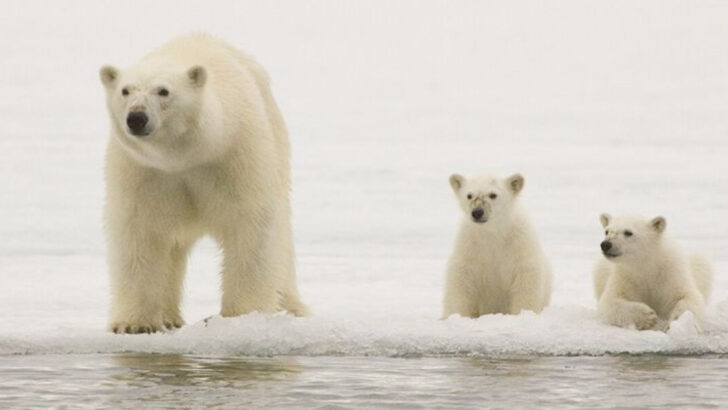Nature isn’t always peaceful—it can be downright brutal.
In the wild, survival doesn’t come with a rulebook, and sometimes the line between predator and prey gets uncomfortably blurry. Enter the world of cannibalism, where creatures turn on their own kind not out of malice, but necessity.
From insects that eat their mates to fish that snack on their siblings, these animals prove that the food chain isn’t always a straight line. Sometimes, it folds back on itself—with teeth.
It’s strange. It’s shocking. And it’s surprisingly common.
Ready to peer into the darker corners of the animal kingdom? Here are 10 species that take survival to a whole new—and terrifying—level.
Praying Mantis
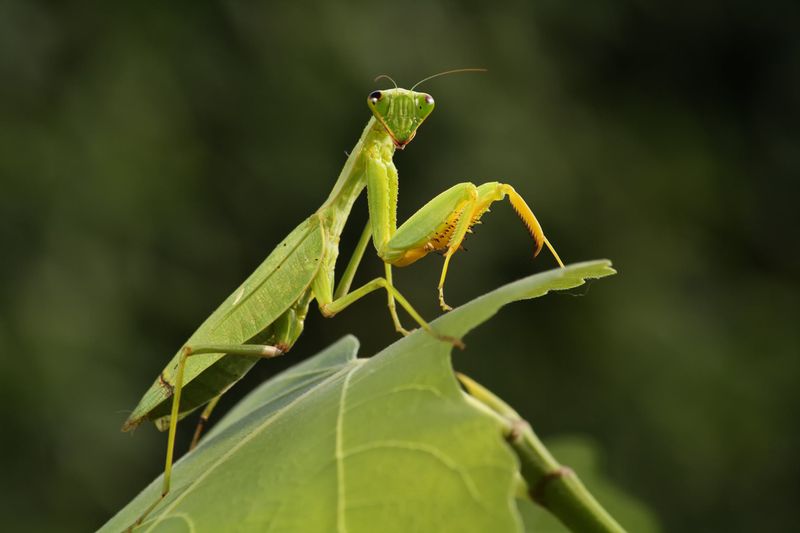
The praying mantis is famous for its post-mating behavior. Female mantises often devour their mates, a process that provides vital nutrients for egg production.
This ritual may seem brutal, yet it’s a common survival strategy ensuring the next generation’s success. Males approach cautiously, knowing the risks, yet driven by instinct to propagate their species.
Interestingly, not all mating encounters end in consumption, and some males manage to escape unscathed. The act of cannibalism is a fascinating glimpse into the complex survival tactics of these insects.
Black Widow Spider
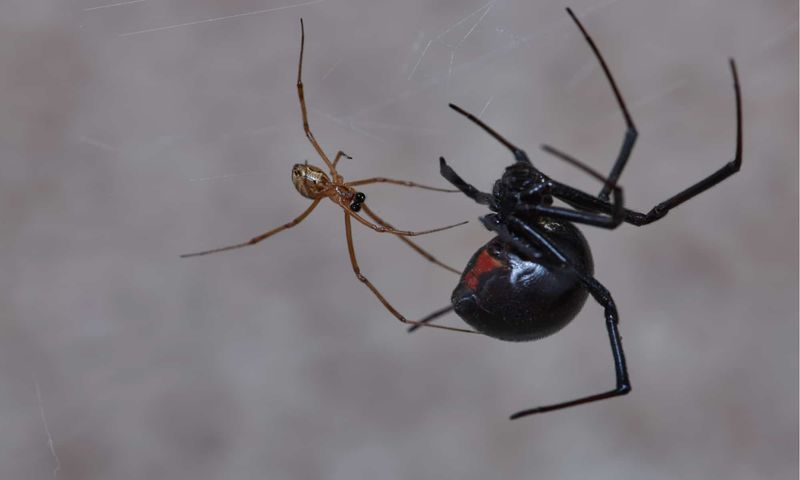
The black widow spider, known for its dangerous venom, also practices cannibalism. Female black widows often consume males post-mating, ensuring their own nutritional needs are met.
This behavior supports reproductive success by allowing the female to invest more in their eggs. Males, despite the threat, approach with a singular purpose: to mate and ensure genetic legacy.
Not all encounters end fatally for the male, as some escape the female’s lethal grip. This dynamic showcases a balance between risk and reward in the spider’s lifecycle.
Sand Tiger Shark
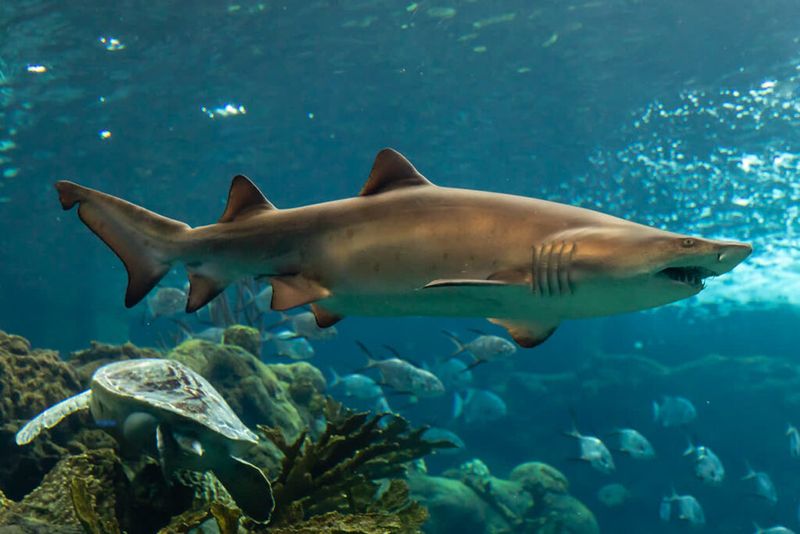
Within the womb of the sand tiger shark, a fierce battle unfolds. Embryos practice intrauterine cannibalism, where the strongest consume their siblings for survival.
This brutal beginning ensures that only the fittest embryos are born, maximizing the mother’s investment in her offspring. As a result, sand tiger sharks have a higher chance of survival once born.
This unique reproductive strategy highlights nature’s harsh realities, where survival often demands sacrifice and adaptation from the earliest stages of life.
Polar Bear
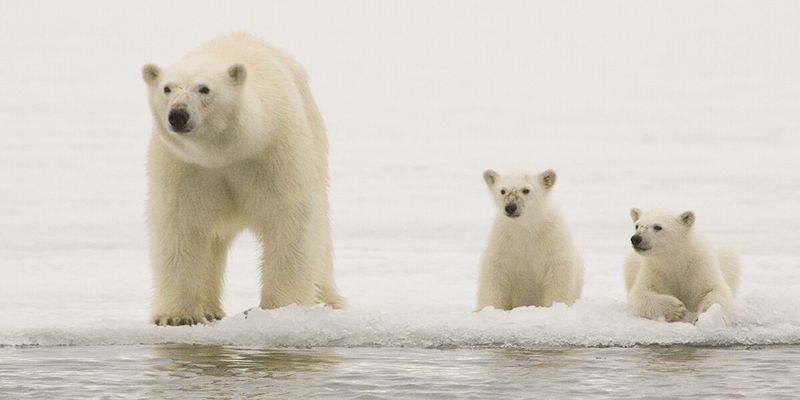
In the icy Arctic, the majestic polar bear sometimes turns to its own kind out of sheer necessity. Cannibalism occurs primarily due to food scarcity, especially when seals are unavailable.
Adult bears may prey upon cubs or weakened individuals to survive harsh conditions. This behavior is not typical but arises from desperation.
Understanding this tendency provides insight into the challenges these creatures face in a changing climate, where ice melt affects their traditional hunting grounds.
American Bullfrog
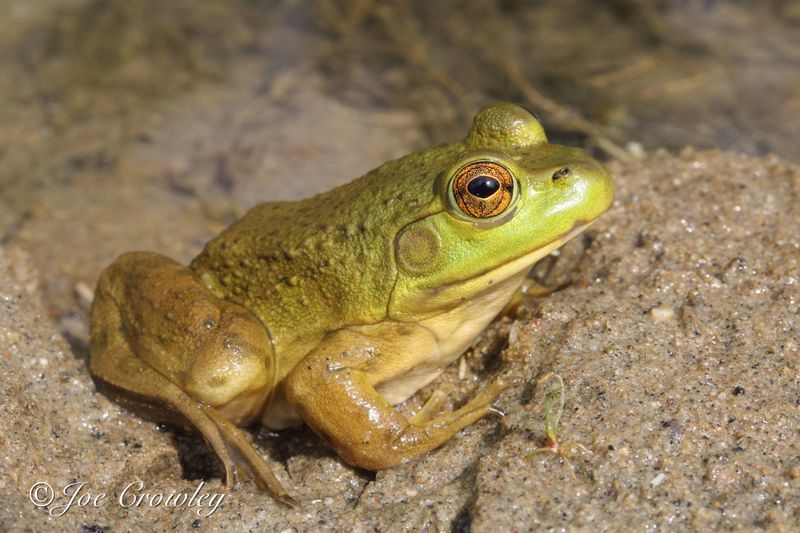
The American bullfrog exhibits a voracious appetite, not hesitating to consume its own. Cannibalism among these amphibians often occurs when food is scarce, and competition is high.
Larger bullfrogs dominate their environment, preying on smaller frogs and even conspecifics. This behavior helps control population density, maintaining ecological balance.
Their opportunistic feeding habits highlight their adaptability and survival instincts in diverse environments, from swamps to ponds.
Hamster
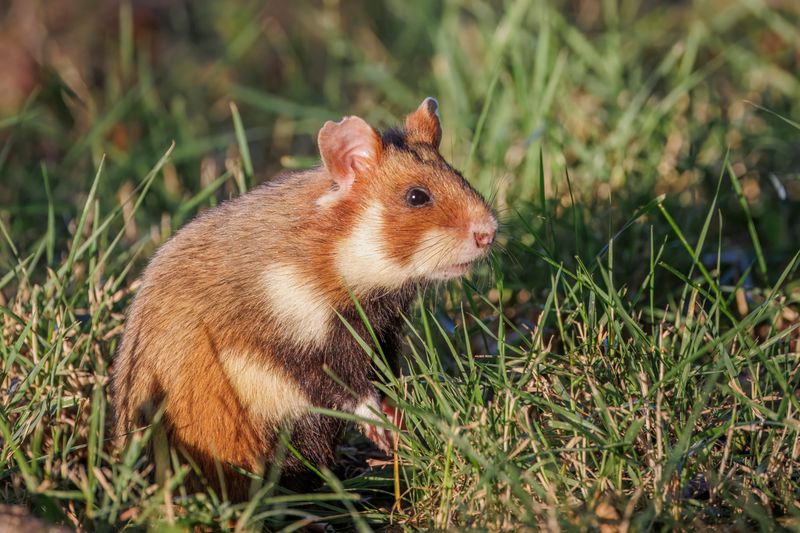
Despite their cute appearance, hamsters may resort to cannibalism shortly after birth. Mother hamsters sometimes eat their offspring due to stress, lack of food, or perceived threat.
This seemingly harsh act is a survival mechanism, prioritizing the health and continuation of the remaining litter. Environmental factors play a significant role in triggering this behavior.
Understanding this instinctive response helps in providing better care for domestic hamsters, ensuring their habitat reduces stressors.
Hyena
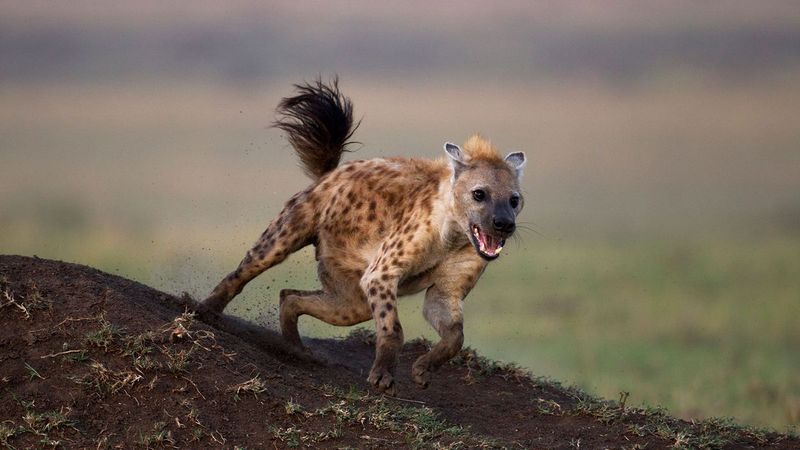
Hyenas, known for their scavenging habits, occasionally indulge in cannibalism. This behavior arises during times of intense competition and food scarcity.
Hyenas may turn on weaker members of their clan, ensuring the survival of the fittest. This brutal strategy strengthens the group overall, removing those less likely to contribute effectively.
Their complex social structure and adaptability in harsh environments make them successful predators and survivors.
Cane Toad
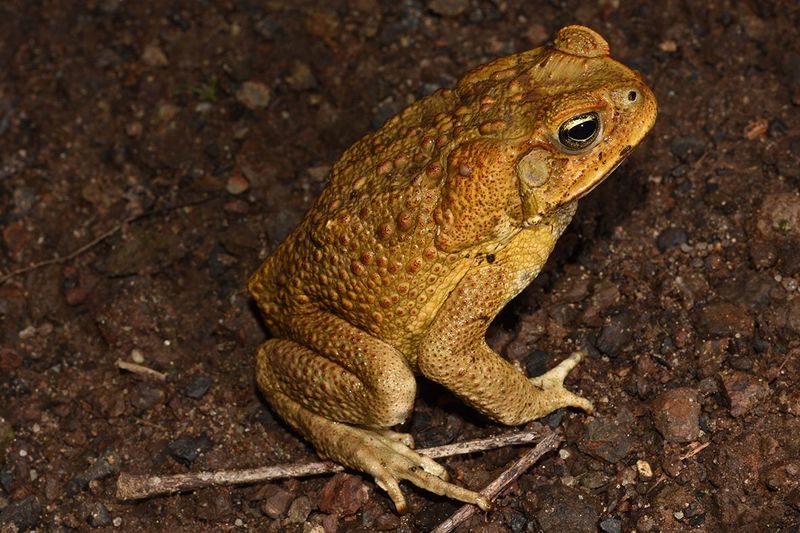
The invasive cane toad, found in various ecosystems, exhibits cannibalistic tendencies primarily in its juvenile stage. Tadpoles consume eggs and smaller tadpoles to reduce competition.
This behavior ensures more resources for the survivors, enhancing their growth and development. Cannibalism among cane toads highlights their adaptability and invasive success.
Their presence in non-native habitats often disrupts local ecosystems, showcasing their impact on biodiversity.
Great White Shark
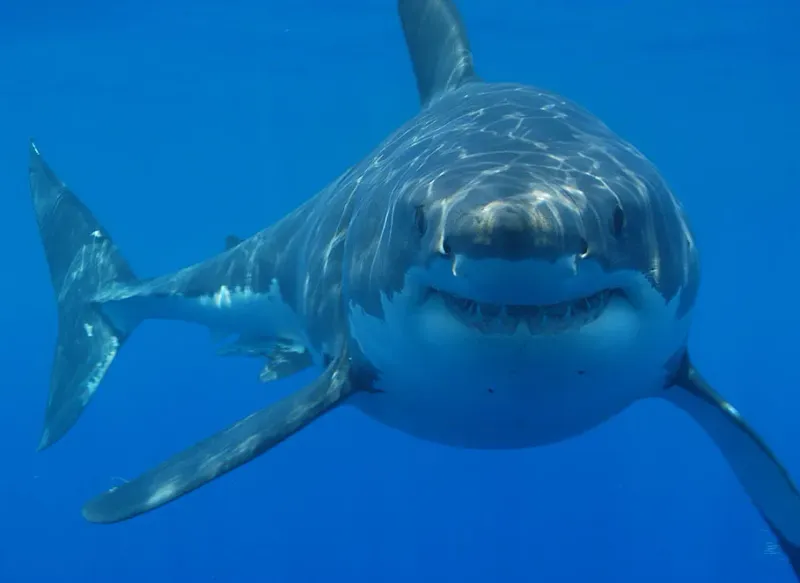
Great white sharks, apex predators of the ocean, sometimes snatch a meal from their own kind. Cannibalism occurs mostly among juveniles when other food sources are scarce.
This behavior reflects their opportunistic nature and survival instincts in the marine food chain. It also serves to reduce competition, allowing the strongest individuals to thrive.
Their unpredictable feeding habits contribute to their fearsome reputation and ecological impact.
Komodo Dragon
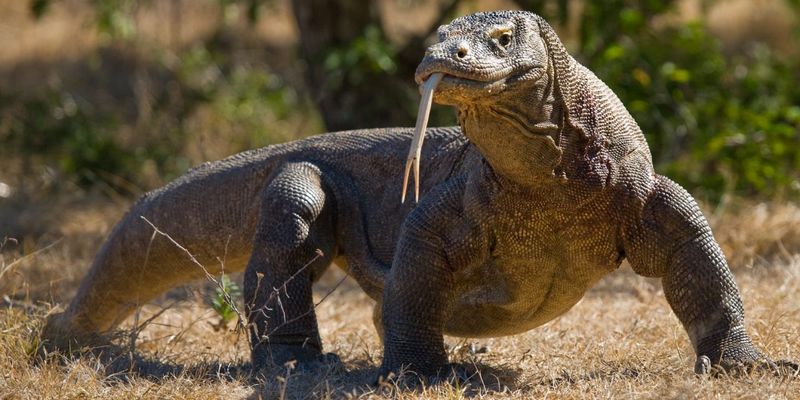
Komodo dragons are formidable predators, sometimes consuming their own species to sustain themselves. This behavior is more prevalent among young dragons, who must avoid adults.
Cannibalism reduces competition for resources and allows stronger individuals to dominate. In their harsh island habitats, food can be scarce, making this a viable survival strategy.
These reptiles’ adaptability and power cement their status as thriving ancient hunters in their environment.

